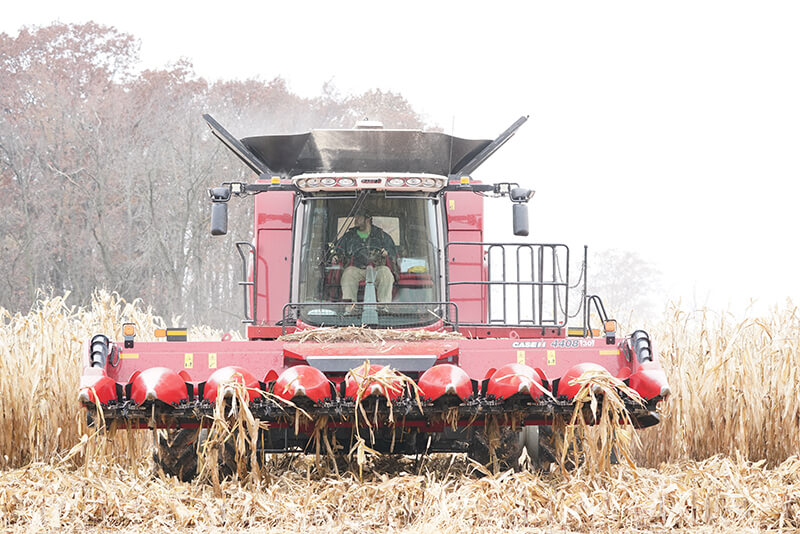Indiana farm fatality summary reminds Hoosier farmers of dangers
Purdue University’s Agricultural Safety and Health Program released the annual Indiana Farm Fatality Summary with Historical Overview, coinciding with National Farm Safety and Health Week, which has been observed the third week of September since 1944. The program reported 21 work-related on-farm deaths in the state in 2019, the fewest number of documented cases since 2013.
Tractors and skid steer loaders were involved in at least eight of the 21 documented fatal farm incidents. Three of the victims were children under the age of 5, while 11 were 60 or older.
“The continued incidence of tractor rollovers indicates that a greater focus on the value of Rollover Protection Structures (ROPS) - especially on tractors used for mowing - could prove beneficial,” the report states.
The report also highlights the continued need for injury prevention educational programs for those 18 and younger.
The number of farm fatalities for the past 50 years continues to trend lower, probably reflecting safer machinery and work practices while also corresponding with a decline in the number of farmers. No Indiana agency documents farm-related non-fatal injuries, but prior research has indicated that approximately one in every nine Indiana farms has a farm-work-related injury incident that requires medical attention each year.
Bill Field, Purdue agriculture and biological engineering professor and extension safety specialist, has summarized over 1,100 farm fatalities during his career.
“Every one of these lives mattered to someone. Each one was an added cost to the food we enjoy every day.”
As Hoosier farmers prepare for harvest, program members remind farmers to keep safety a top priority and manage the expectations of machinery and people.
Purdue’s Agricultural Safety and Health Program has monitored farm-related fatalities in Indiana for nearly 60 years using sources including news reports, web searches, personal interviews and voluntary reporting from extension educators and individuals.
The full report is available at: www.inprepared.org.






